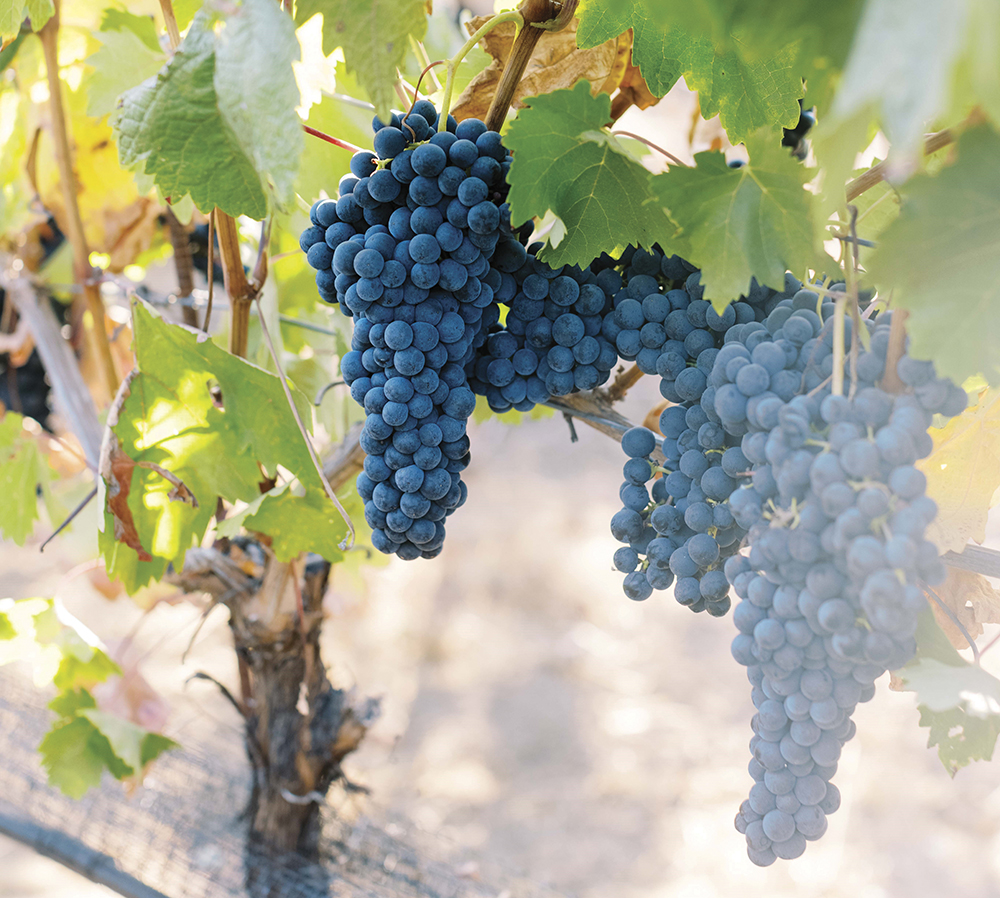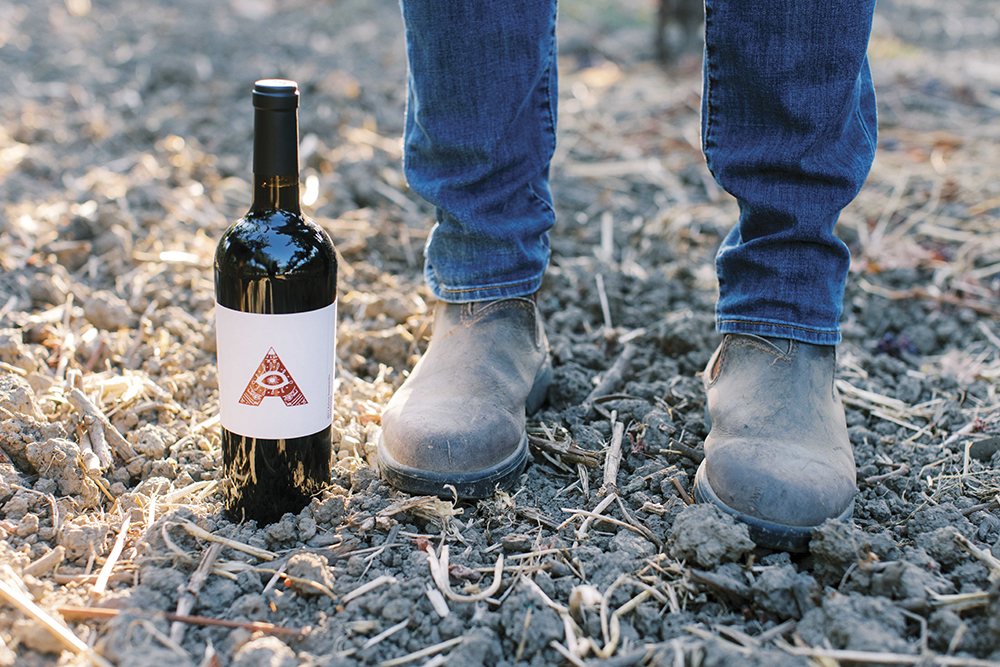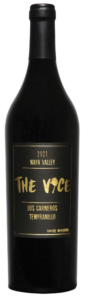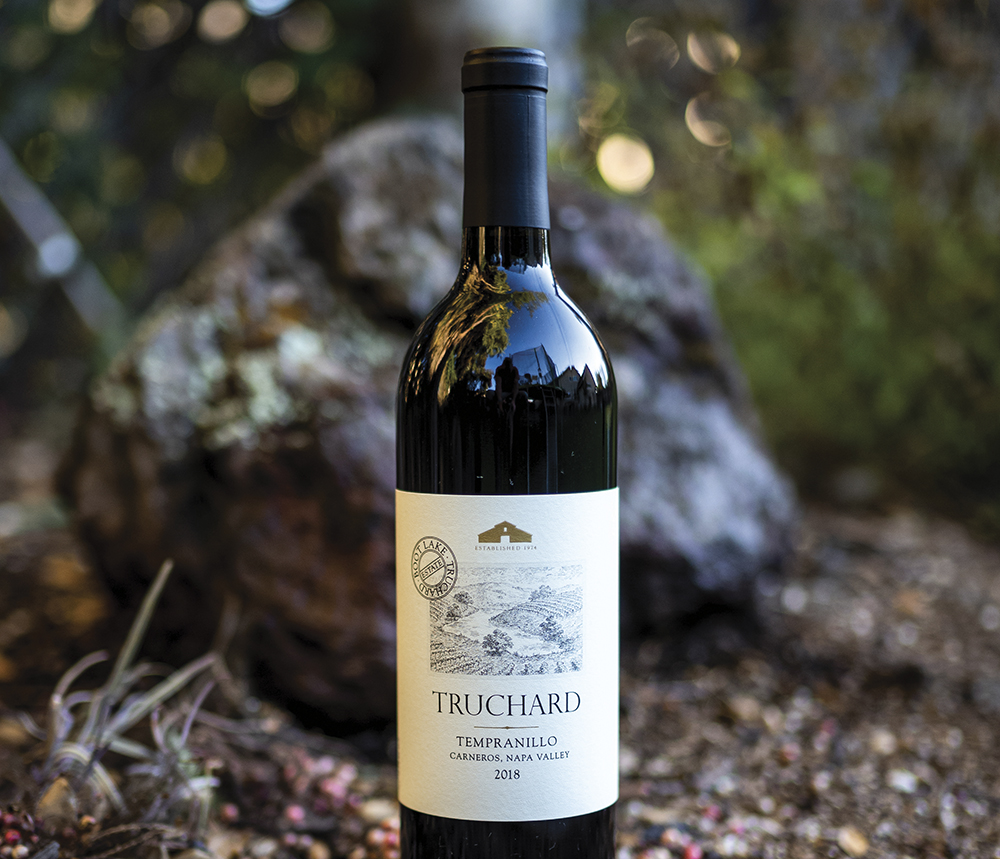home featured + SIP + SIP Feature
Tempranillo
Napa Valley’s Expressions of Spain’s Noble Grape
WRITTEN BY JILLIAN DARA
|
Published On: October 16, 2023
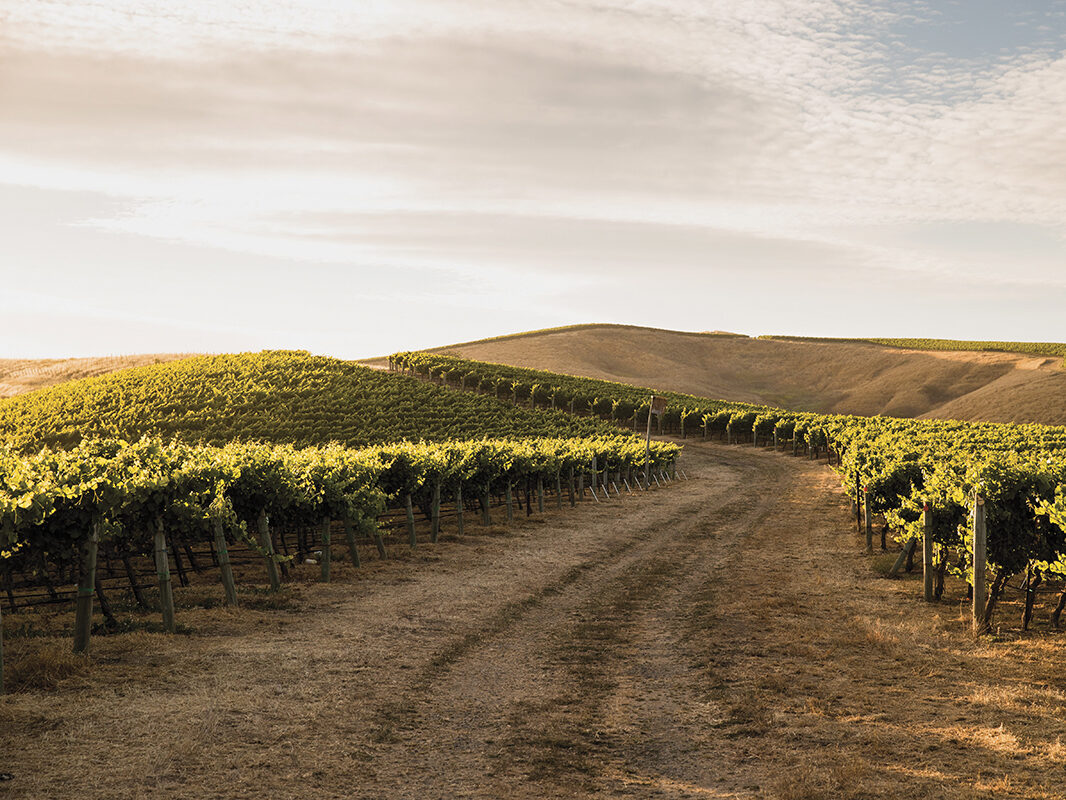
Tempranillo vineyards, photo courtesy of Artesa
Revered as Spain’s most important grape, the thick-skinned, black Tempranillo grape is particularly beloved for its showing in Rioja wines, of which it comprises the majority blend with other regional red grapes such as Garnacha, Mazuelo, and Graciano. As a singular expression, though, Tempranillo is impressive. It’s meaty. It’s savory. It’s grippy. The color is dark and brooding crimson with hints of purple. Its structure is often likened to that of Cabernet Sauvignon, while its flavor profile is what makes it unique; a young Tempranillo is fresh and fruit-forward, while an aged expression is full of tobacco and leather notes that pairs particularly well with fatty meats, like charcuterie, linguica, and lamb.
The grape responsible for the eponymous wine (except for in Rioja, where it’s a DOCa, Denominación de Origen Calificada) is consistently the first red grape to ripen, which is how it earned its name, stemming from the Spanish word of temprano, which translates to “early.”
Outside of Rioja, Tempranillo is popularly grown throughout Spain’s central and northern regions, like Ribera del Duero, Navarra, and Toro, as well as in Catalonia on the border of France (here it’s referred to as ull de Ilebre). There are also prolific plantings in Portugal’s Alentejo and the Douro Valley, in Mendoza, Argentina, Baja Mexico’s Valle de Guadalupe, and right here in Napa Valley. Tempranillo’s California history dates back to the early 1900s when it was planted in the Central Valley. It was called Valdepeñas at the time and did not do very well based on the area’s flat, hot, and dry terroir. It’s only been over the last few decades Tempranillo has become a rising star in the state when planted in cooler climates and at higher altitudes. It can be found in limited quantities in Napa Valley, and what’s available is worth the exploration among the wineries investing in its future here.
Artesa Vineyards & Winery
Artesa was founded in 1991 by Spain’s oldest winemaking family, who ventured to Los Carneros to create the next generation of estate-grown, artisanal wines. With such established Spanish roots, it only makes sense that the winery produces several Tempranillo expressions, including traditional full-body styles, limited release, and blends such as The Tradició and The Galatea.
The 2018 and 2019 Tempranillo from Alexander Valley are on current release, with both wines highlighting what the winery describes as “capturing the essence of this unique grape when grown and produced in California.” Sourced from five different vineyards (60% Napa Valley, 40% Sonoma County) that reflect Tempranillo’s ideal growing conditions: warm summer days are rapidly cooled by evening fog from the Pacific Ocean, which protects their flavor and boosts acidity and rocky, well-drained soils create a layered Tempranillo with intense fruitiness and lush tannins. The 2018 Tempranillo is blended with 4% Grenache, expressing intense boysenberry, blueberry, and cassis on both the nose and palate before transforming to dark cherry and blackberry, featuring rich tannins with a lengthy finish. The 2019 Tempranillo is blended with 7% Grenache with similar characteristics but differing aromatics of crushed dry violet and mocha. Both spend time in 100% French Oak Barrels– 40% New Oak.
The Vice Wine
Only 314 cases of The Vice’s Batch #86, their 2021 single vineyard expression of Tempranillo, was just released. Lovingly referred to as “Casa Mono 2.0,” the latest launch is an extension of their first experiment with Tempranillo, which was inspired by founder and Vicemaker Malek Amrani and his wife’s first date at Casa Mono, the Michelin-star Spanish restaurant in New York City. The grapes are sustainably grown in Carneros on the foothills of Mount Veeder with minimal intervention winemaking – 100% unfiltered and unfined with 16 months of aging in French Oak barrels, 30% new oak. Amrani described an exotic nose of plum, black cherry, and cassis with tea, tobacco, and cedar notes. The mouthfeel is pure velvet as bursts of rhubarb and red currant shine through before a sweet vanilla and slight spice finish.
Parador Cellars
Named after the castles, palaces, fortresses, convents, monasteries, and other Galician traditional buildings referred to as Paradors, the Yountville-based winery is renowned for creating the “benchmark of Napa Valley Tempranillo” in traditional, old-world style. Their current release, the 2016 Parador Tempranillo, uses grapes from the winery’s original planting of Tempranillo – sourced from Ribera del Duero and Rioja cuttings in 1998 – at the 1,500-foot-above-sea-level Stagecoach Vineyard in the Atlas Peak AVA. The site has proven to be “an exceptional location for intense varietal character and profound tannin structure,” shared Steven Ventrello, owner and winemaker at Parador. The vintage was aged 20 months in previously used, older French Oak barrels, presenting minimal oak in the final wine and a rich fruit profile with a dry finish that Ventrello said is classic of the Ribera del Duero.
Truchard Vineyards
The 2019 vintage is 100% Tempranillo, produced from the Truchard’s two acres of 1998 plantings on the southern part of their estate vineyard in the cool Carneros region. The wine was aged for 10 months in French and American Oak, 85% and 15%, respectively. While it is currently drinkable, Truchard suggests, with careful cellaring, that the wine could age elegantly over the next 10 to 15 years. Truchard Tempranillo’s aromas are full of plum and pie cherries with subtle hints of cedar and tobacco. The wine’s flavors are layered on the palate, starting with red currants giving way to sweet vanilla and a delicate minerality before finishing with the varietal’s quintessential spice.
Jarvis Estate
Motivated by the advice from their long-time consultant, Dimitri Tchelistcheff, Jarvis originally planted an acre of Tempranillo for limited production in 2005. Now on their 2019 vintage, Jarvis’ Tempranillo is concentrated with a bouquet of mixed berry, earth, and spice; the palate of plum and cherry gives way to rounded tannins. The wine is unfined and unfiltered, aged for a minimum of 12 months in 100% French Oak, which the estate says makes it especially food-friendly.

